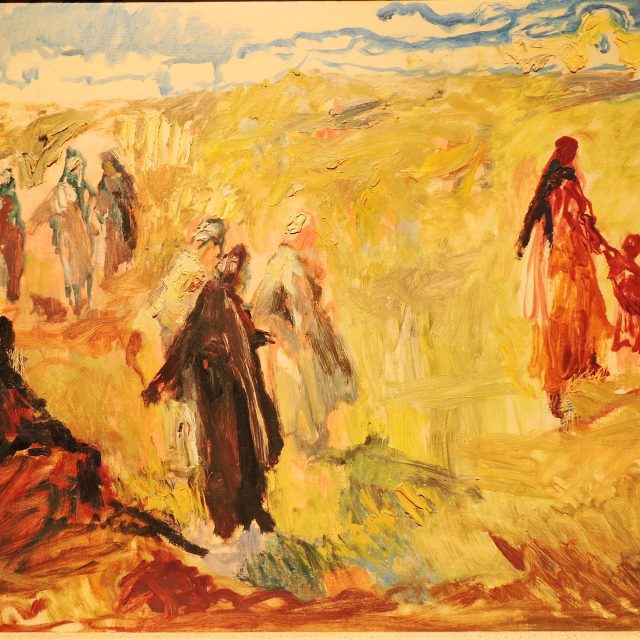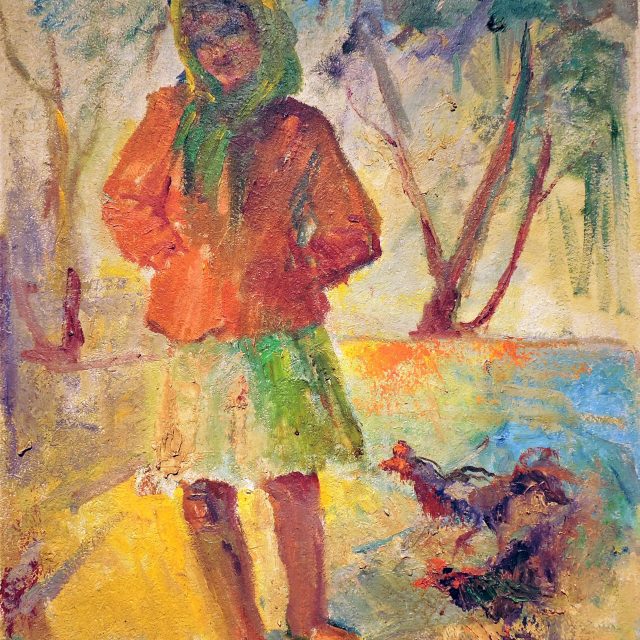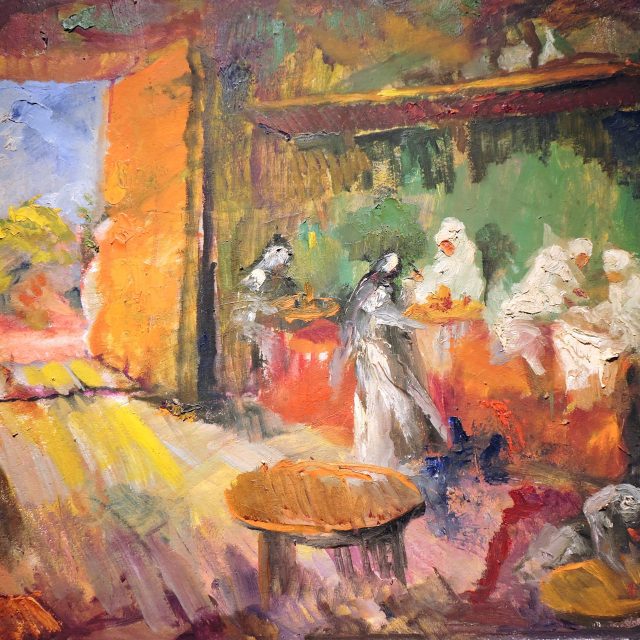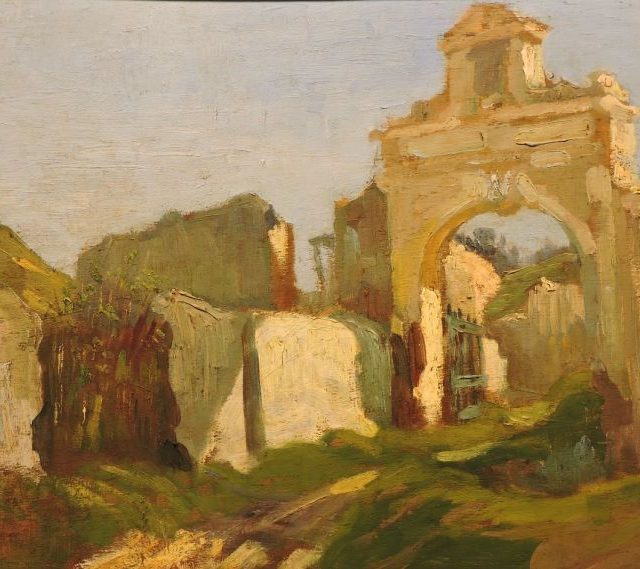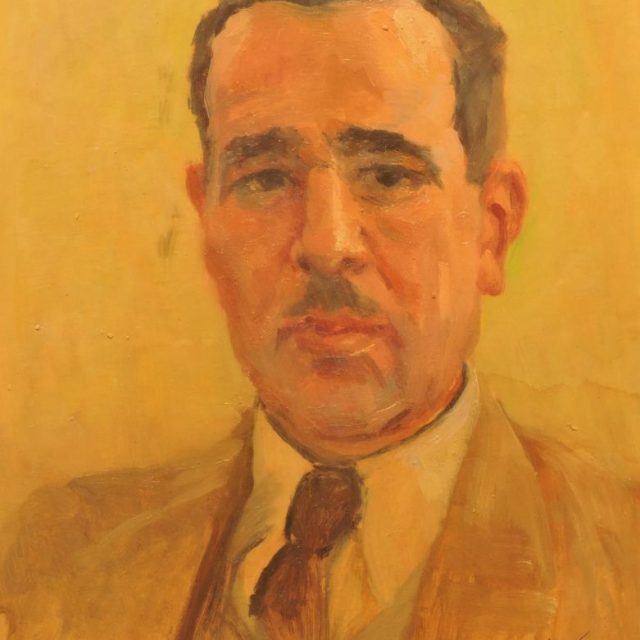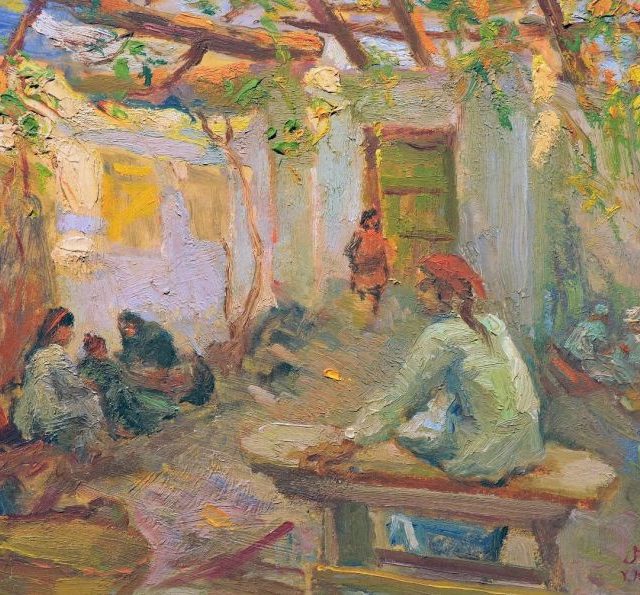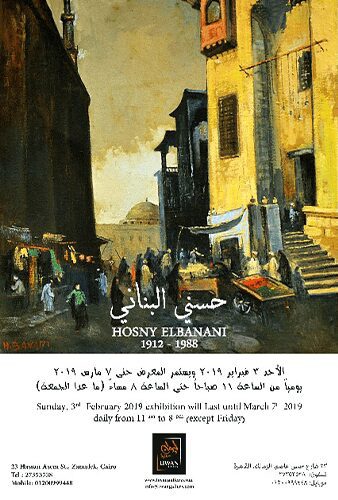Born on 26 May1891 in the Cairo neighbourhood of Al-Dhaher, the Egyptian painter Youssef Kamel passed away on 12 December 1971.
Kamel is among Egypt’s most prominent artists, and is widely seen as the godfather of impressionism in this part of the world.
In 1908, aged 17, he joined the first class of the School of Fine Arts, later travelling to Italy with Ragheb Ayad to pursue his studies further.
Together with his six contemporaries – Ragheb Ayad, Mahmoud Mokhtar, Mahmoud Said, Mohamed Hassan, Mohamed Nagui and Ahmed Sabry – Kamel established the modern art movement in Egypt.
He produced more than two thousand paintings, depicting the countryside, Old Cairo markets as well as birds and pets.
Receiving a state scholarship to study and work in Rome in 1925-1929, Kamel taught painting, serving as dean of the School of Fine Arts between 1950 and 1953.
He also directed the Museum of Modern Art in 1947-1950. He received the state’s award of appreciation in 1960, and his work is on display at the Museum of Modern Egyptian Art on the Opera House grounds.
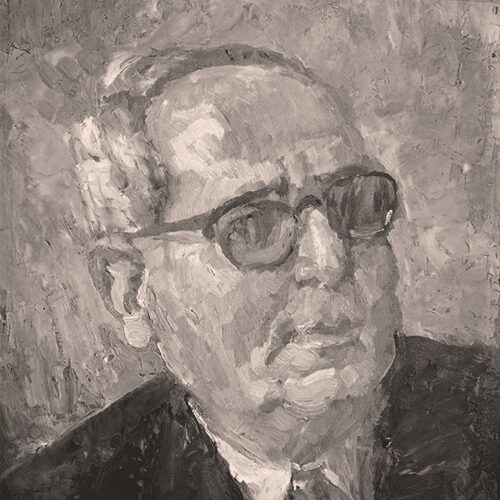

Born on 26 May1891 in the Cairo neighbourhood of Al-Dhaher, the Egyptian painter Youssef Kamel passed away on 12 December 1971.
Kamel is among Egypt’s most prominent artists, and is widely seen as the godfather of impressionism in this part of the world.
In 1908, aged 17, he joined the first class of the School of Fine Arts, later travelling to Italy with Ragheb Ayad to pursue his studies further.
Together with his six contemporaries – Ragheb Ayad, Mahmoud Mokhtar, Mahmoud Said, Mohamed Hassan, Mohamed Nagui and Ahmed Sabry – Kamel established the modern art movement in Egypt.
He produced more than two thousand paintings, depicting the countryside, Old Cairo markets as well as birds and pets.
Receiving a state scholarship to study and work in Rome in 1925-1929, Kamel taught painting, serving as dean of the School of Fine Arts between 1950 and 1953.
He also directed the Museum of Modern Art in 1947-1950. He received the state’s award of appreciation in 1960, and his work is on display at the Museum of Modern Egyptian Art on the Opera House grounds.

